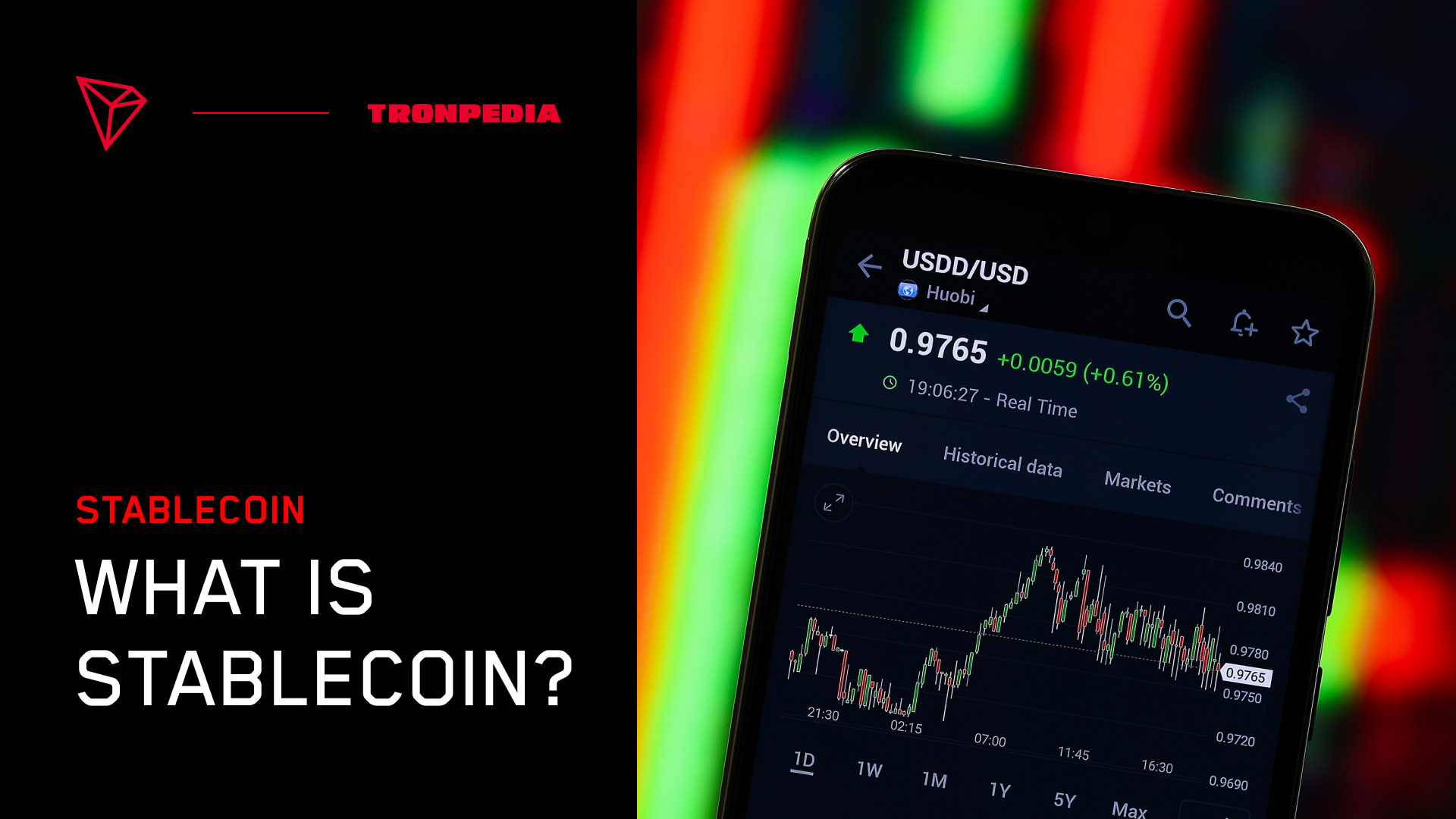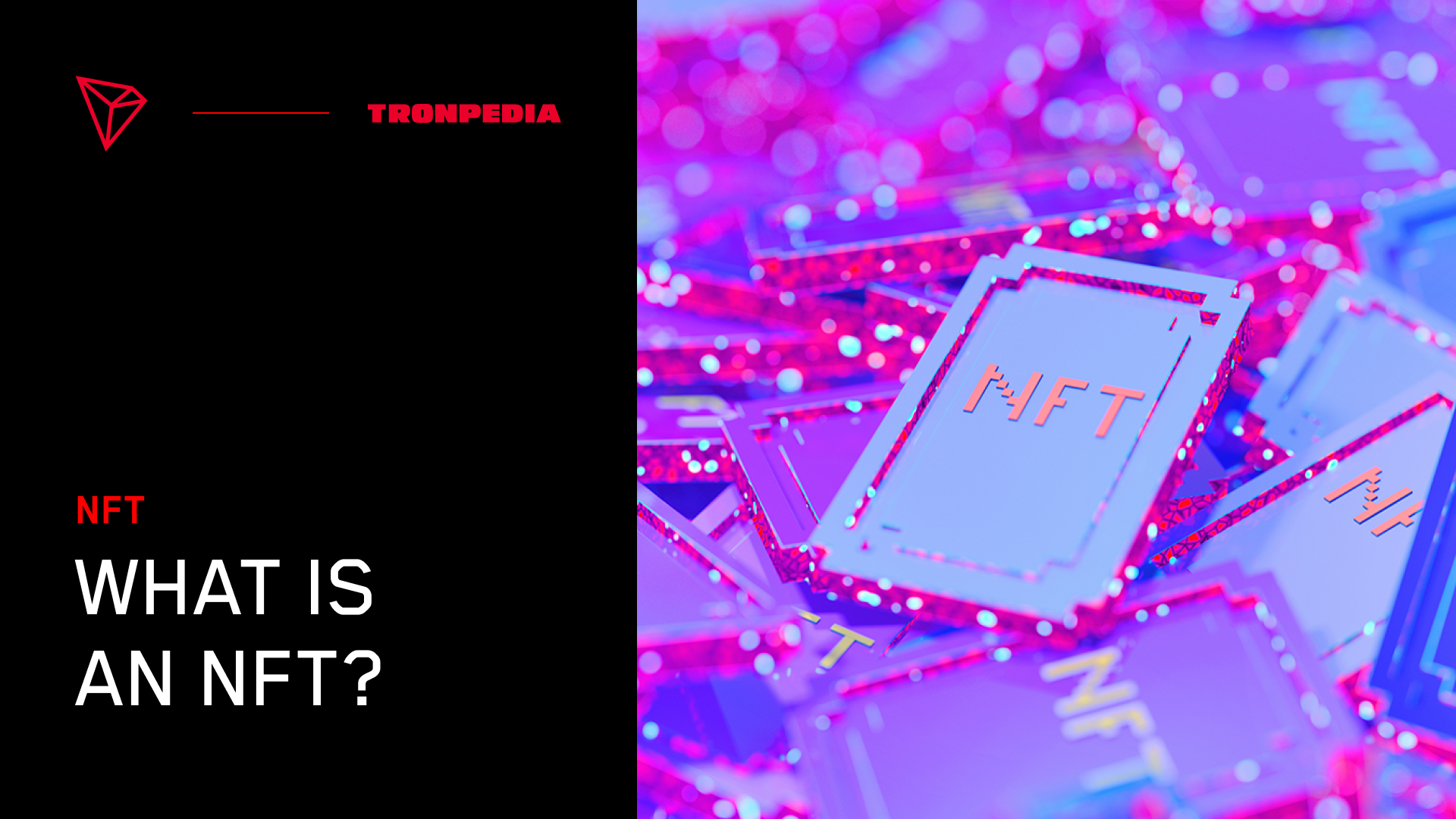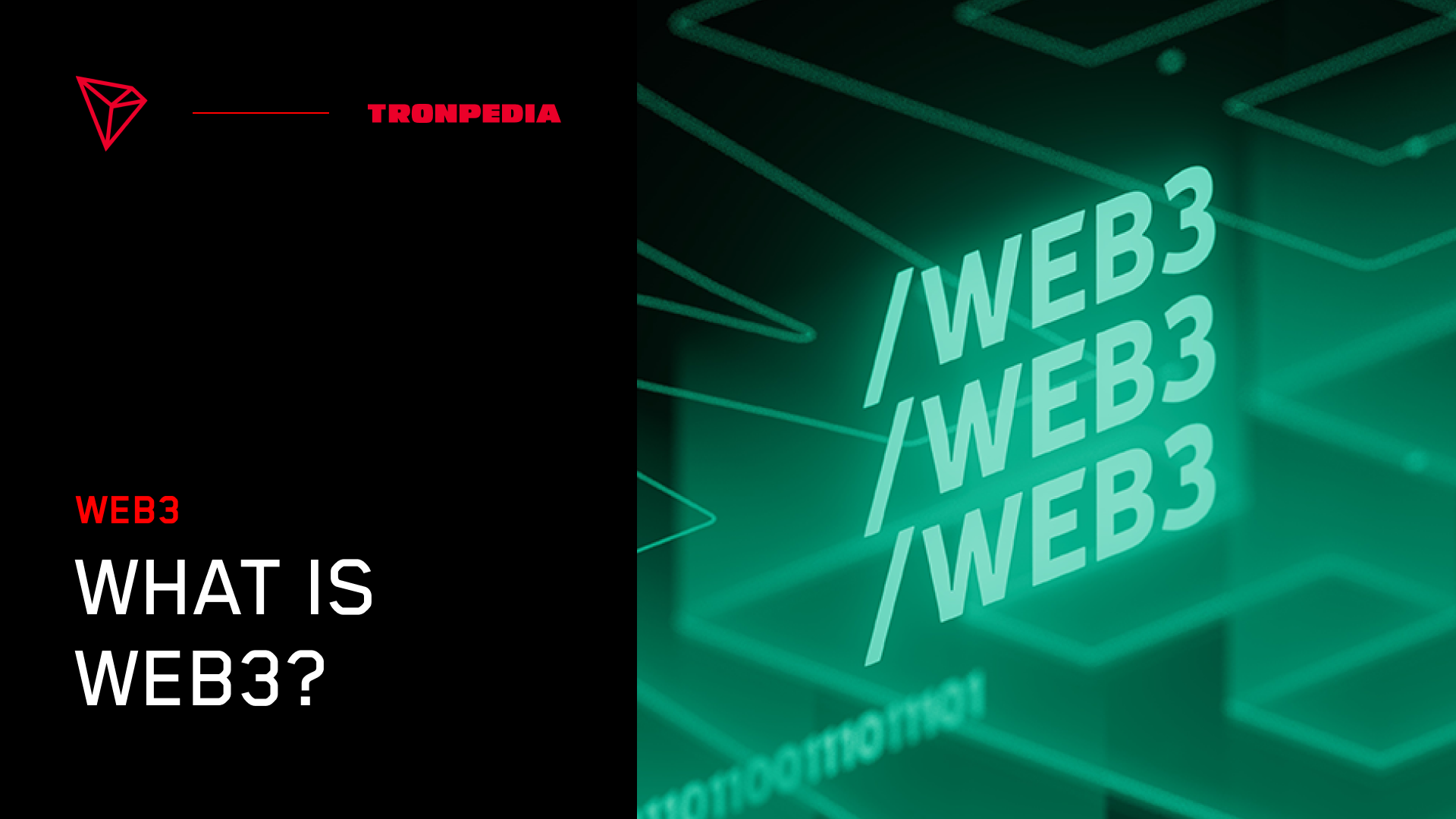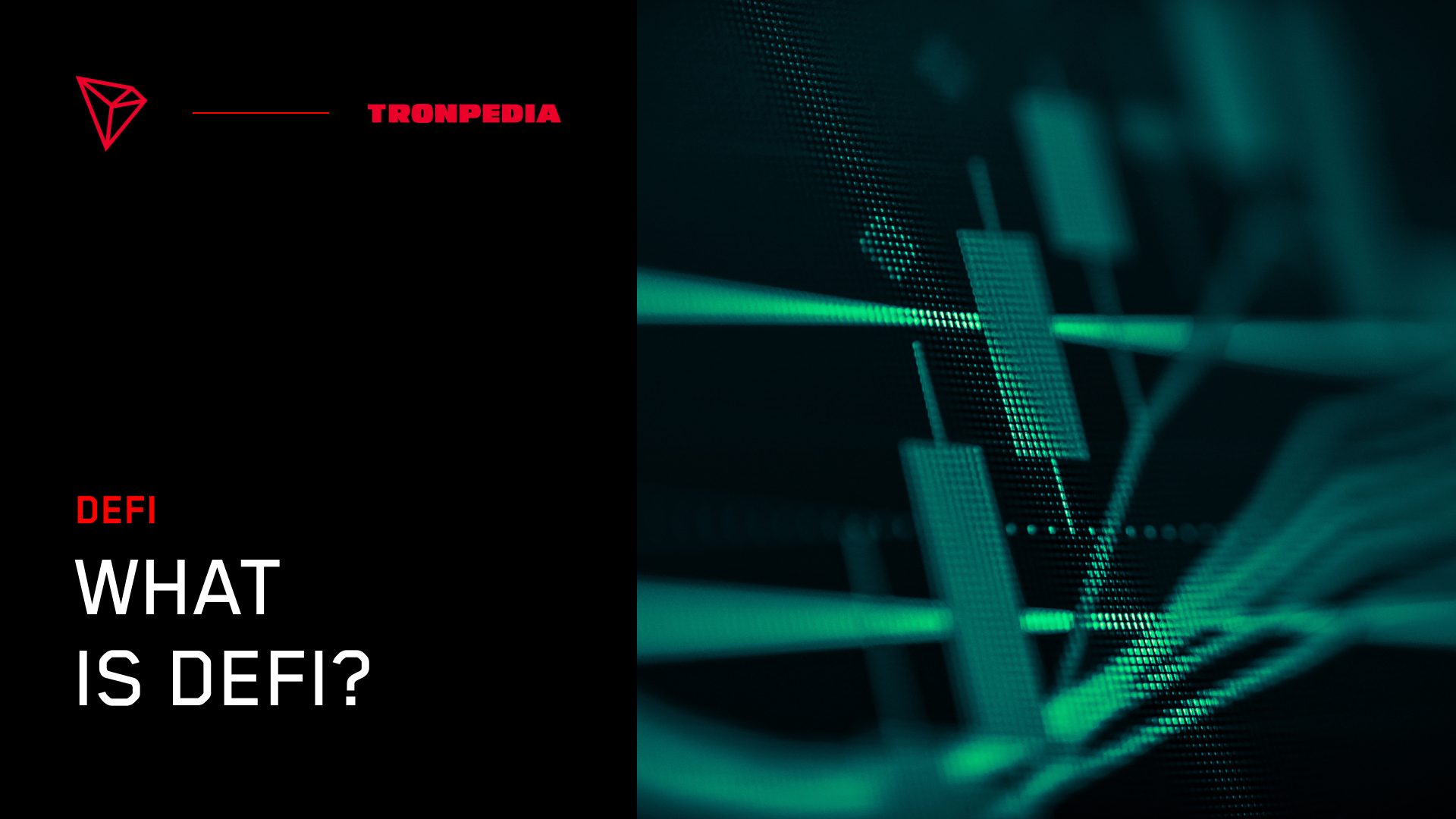Blockchain Defined
A blockchain is a digital ledger of all cryptocurrency transactions. It is constantly growing as "completed" blocks are added to it with a new set of recordings. Each block contains a cryptographic hash of the previous block, a timestamp, and transaction data. Bitcoin nodes use the block chain to differentiate legitimate Bitcoin transactions from attempts to re-spend coins that have already been spent elsewhere.
Cryptographic Hash
A cryptographic hash is a mathematical function that takes input of any size and outputs a fixed size. The output is typically referred to as a "hash" or "digest." A cryptographic hash is like a fingerprint of the input data. It is impossible to derive the original input data from the hash, but it is very easy to verify that the hash was created from the input data. This makes hashes useful for verifying the integrity of data. When used in blockchain, each block contains the cryptographic hash of the previous block. This creates a digital trail that can be used to verify the authenticity of each block and transaction.
The Blockchain Trail
The blockchain trail can be used to verify that each block and transaction in a blockchain are legitimate. This is because each block contains the cryptographic hash of the previous block. If any data in a block is changed, the hash of that block will also change. This will invalidate all subsequent blocks in the chain, as they will contain invalid hashes. This makes it impossible to tamper with data in a blockchain without being detected.
How Does Blockchain Work ?
Blockchain works by creating a digital ledger of transactions. This ledger is then distributed among a network of computers, typically referred to as "nodes." Each node has its own copy of the ledger, and all copies are updated automatically whenever a new transaction is made. Because the ledger is distributed, it is very difficult for anyone to tamper with it. In order for a transaction to be added to the blockchain, it must be verified by the nodes in the network. This verification process helps to ensure that all transactions are valid and that no one can cheat the system. Once a transaction is verified, it cannot be changed or reversed, making blockchain an extremely secure way to store data.
How Blockchain Transactions Occur
A blockchain transaction has a few key components. First, there is the payer, who initiates the transaction by creating a digital signature that is then broadcast to the network. Next, there are the miners, who verify the transaction and add it to the block they are working on. Finally, there is the recipient, who receives the broadcasted transaction and can then validate it against the blockchain. If all goes well, the recipient will then be able to see that the transaction has been successfully added to the blockchain and can be confident that it is secure. In this way, blockchain transactions are able to provide a high degree of security while still being relatively simple to understand.
What are the Different Types of Blockchains?
There are four main types of blockchains: public, private, consortium, and permissioned.
Public Blockchains
A public blockchain is a decentralized network that anyone can join. Bitcoin is an example of a public blockchain. Anyone can join the Bitcoin network and participate in the verification of transactions. Ethereum is another example of a public blockchain. The Ethereum network allows developers to create decentralized applications that run on the blockchain.
Private Blockchains
A private blockchain is a permissioned network that only authorized users can join. A company or organization may choose to create a private blockchain if they wish to keep control over who has access to the data on the chain. Ripple is an example of a private blockchain. Only verified members of the network are able to join, and all transactions are verified by the network before being added to the blockchain.
Consortium Blockchains
A consortium blockchain is a permissioned network that is managed by a group of organizations. Each organization in the group is able to verify transactions on the blockchain. IBM and Microsoft are two examples of companies that have created consortium blockchains. The Ethereum Enterprise Alliance is another example of a consortium blockchain.
Permissioned Blockchains
A permissioned blockchain is a digital ledger that is consensually shared and managed by a defined network of participants. As opposed to public blockchains, like Bitcoin, a permissioned blockchain can be efficiently and securely maintained without the need for anonymous users or a centralized authority. Instead, consensus is achieved through a governance model that gives participants the ability to control who can join the network, what kind of transactions are permitted, and how consensus is reached. As a result, permissioned blockchains are well-suited for use cases that require high security and privacy, such as cross-border payments or medical recordkeeping. While permissioned blockchains offer many advantages over public blockchains, they also come with some trade-offs, such as reduced transparency and increased centralization risk.
The Security Backing Blockchain Technology
How is blockchain secure? In a word: encryption. Transactions that take place on the blockchain are encrypted using a digital signature. This signature is unique to each user and verifies the authenticity of the transaction. Additionally, each block in the blockchain is linked to the previous block using a cryptographic hash. Due to the nature of the cryptographic hash function, it is impossible to modify data in a blockchain without being detected. This makes blockchain an ideal platform for storing and transmitting sensitive information. As a result, it is very difficult for anyone to tamper with the blockchain or forge transactions. Of course, no system is perfect and there have been some notable hacks and scams in the world of cryptocurrency. However, the security features of blockchain make it a very attractive option for businesses and individuals looking to protect their data.
The Future of Blockchain
Blockchain is still in its early stages and has a lot of potential for growth. New applications for blockchain are being developed all the time. With its ability to provide secure, transparent, and tamper-proof data storage, blockchain could revolutionize the way we handle data. Only time will tell what new and exciting applications blockchain will be used for in the future.




